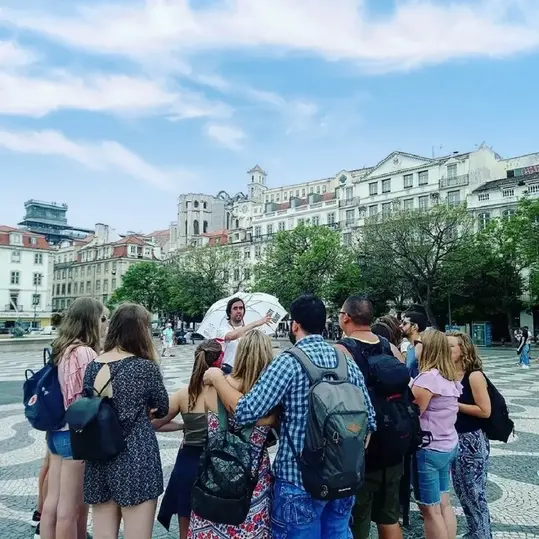
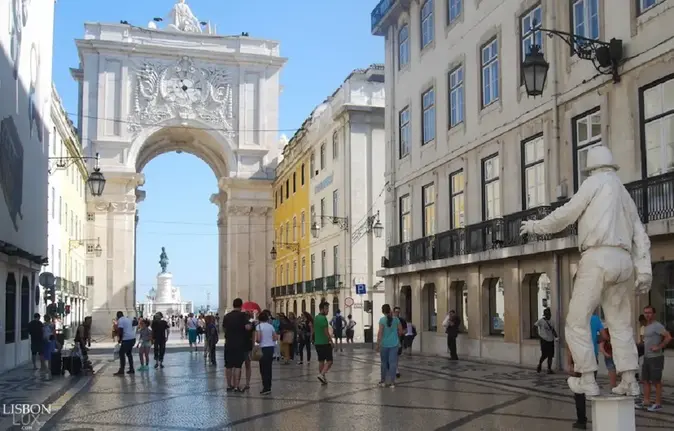
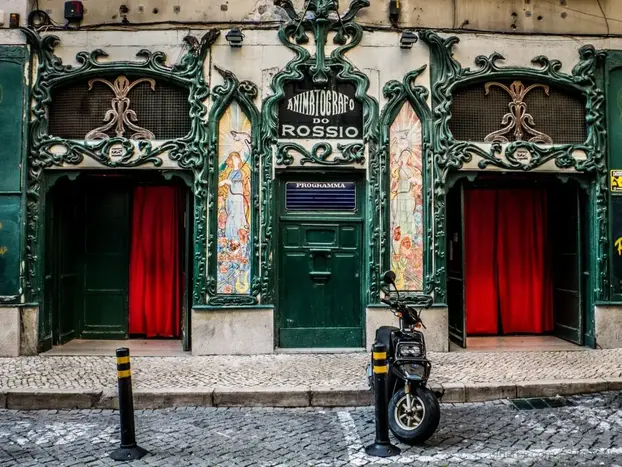
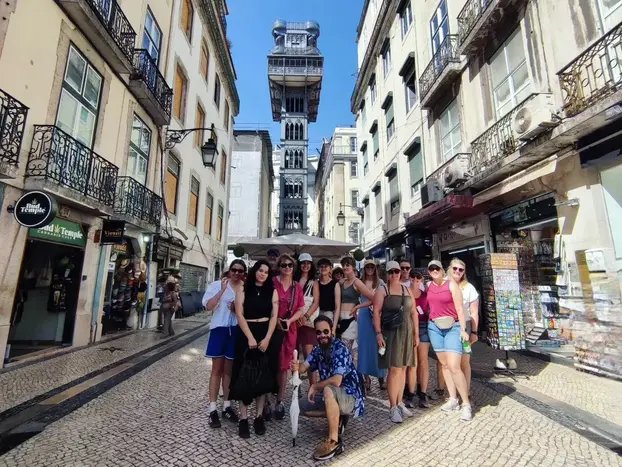
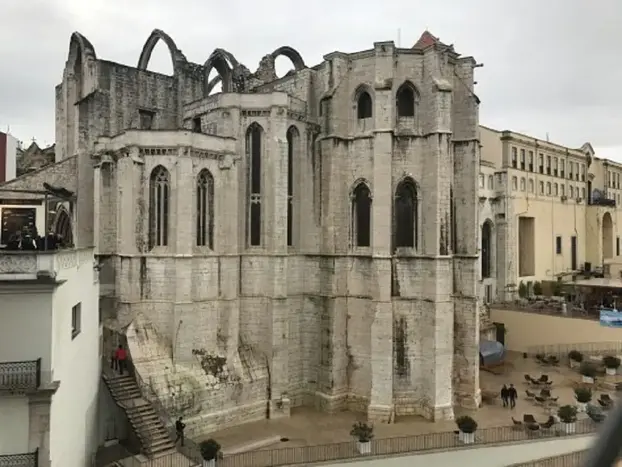
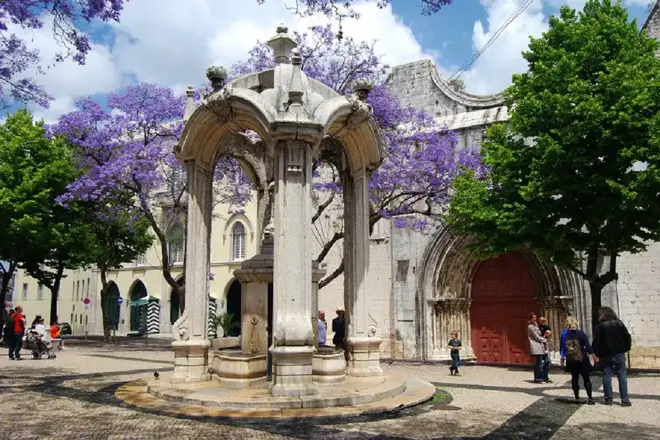
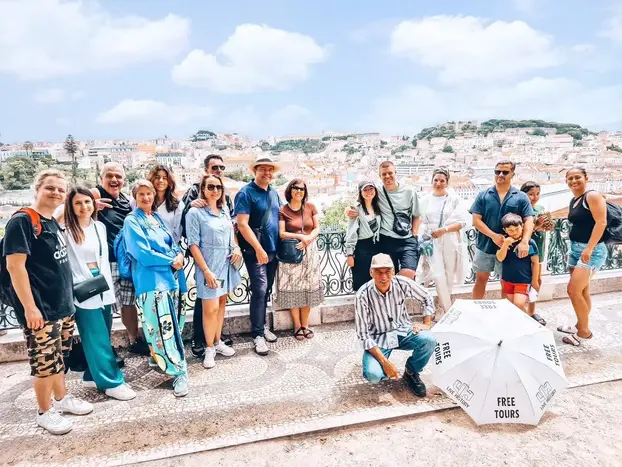
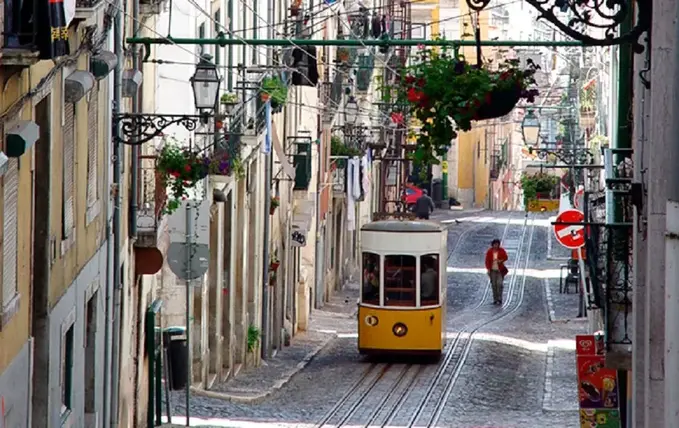
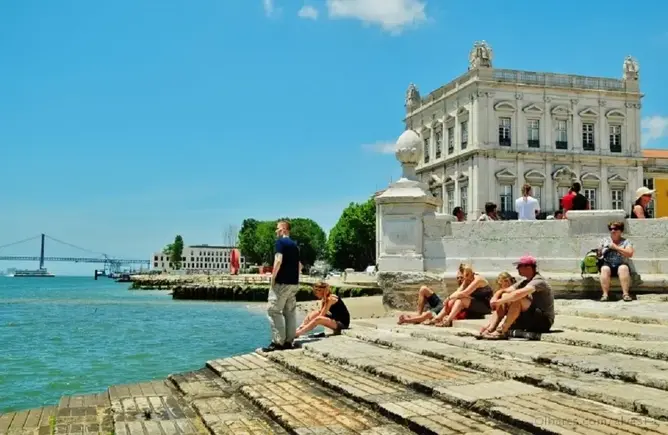
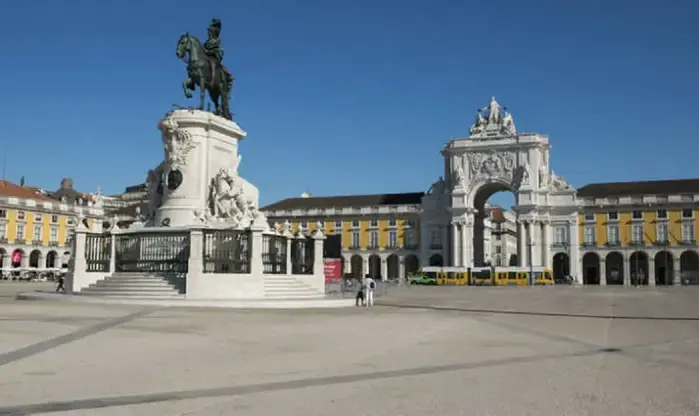
Downtown and Bairro Alto Free Tour: History versus Modern Facts
Tour description
Cross the downtown of the city and discover its most representative neighbourhoods, Baixa, Chiado, Cais do Sodré, Bica, Bairro Alto, all brought up during the discoveries era and risen from the ashes into glory in the romantic period with the reconstruction made after the big earthquake in 1755.
Learn all about the discoveries, the romantic period, the end of monarchy and the dictatorship and revolution periods. :)
Learn the history and legends of the old town most representative neighbourhoods, told by real local guides, getting a truly personal and insightful view on Lisbon, walking through the city's narrow alleys up and downhill, lost in time on a genuine "back to the past" tour. :)
Along the way, we will be visiting points of interest in the historic center of the city on an entertaining and informal guided tour where history, stories, and fun facts combine together. :)
Join us a bit before 10:45 by the statue at the center of Praça Dom Pedro IV. Our team is easy to identify using white umbrellas with our company branding Live History Walking Tours.
What will we see on this tour?


 Guru:
Guru:











